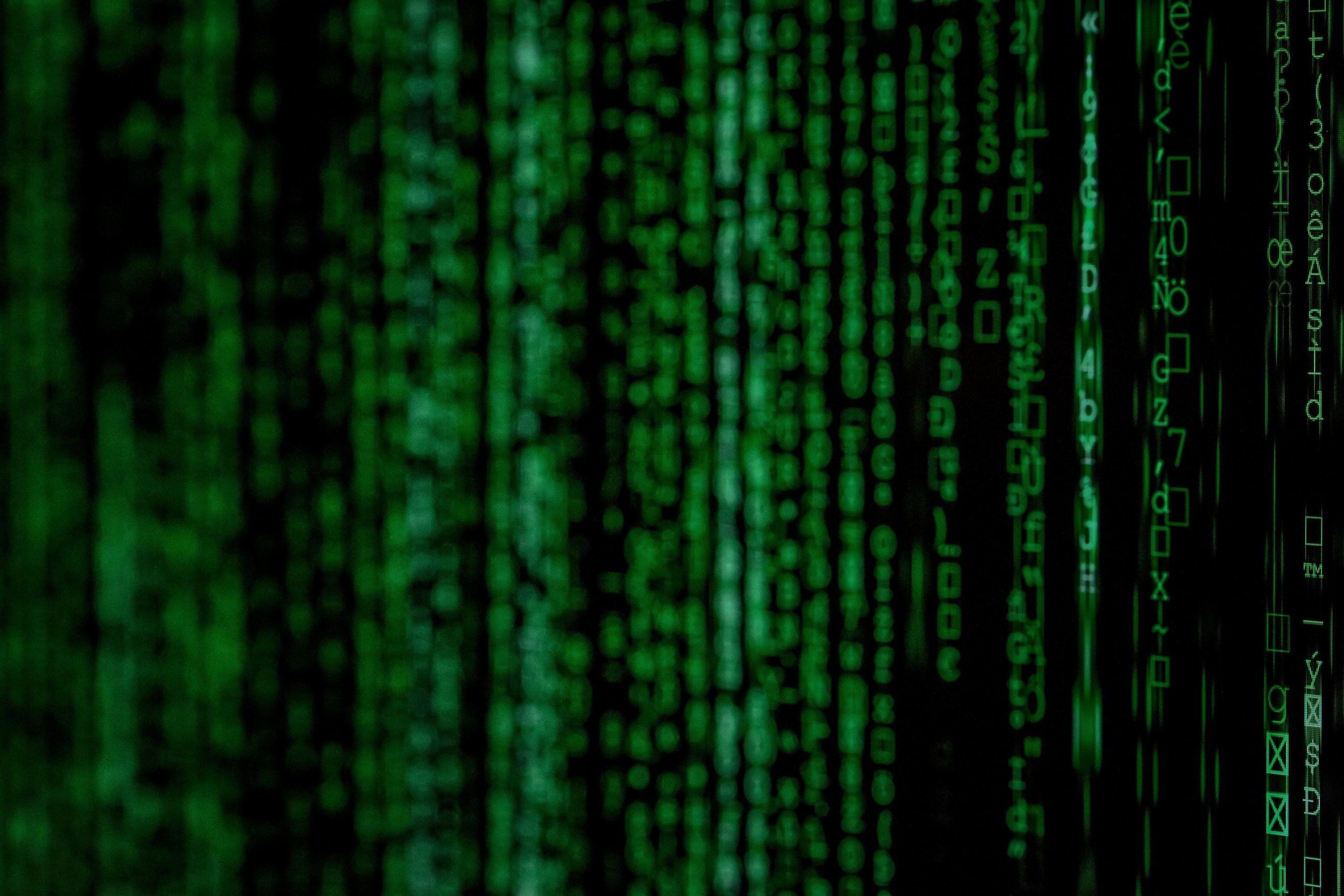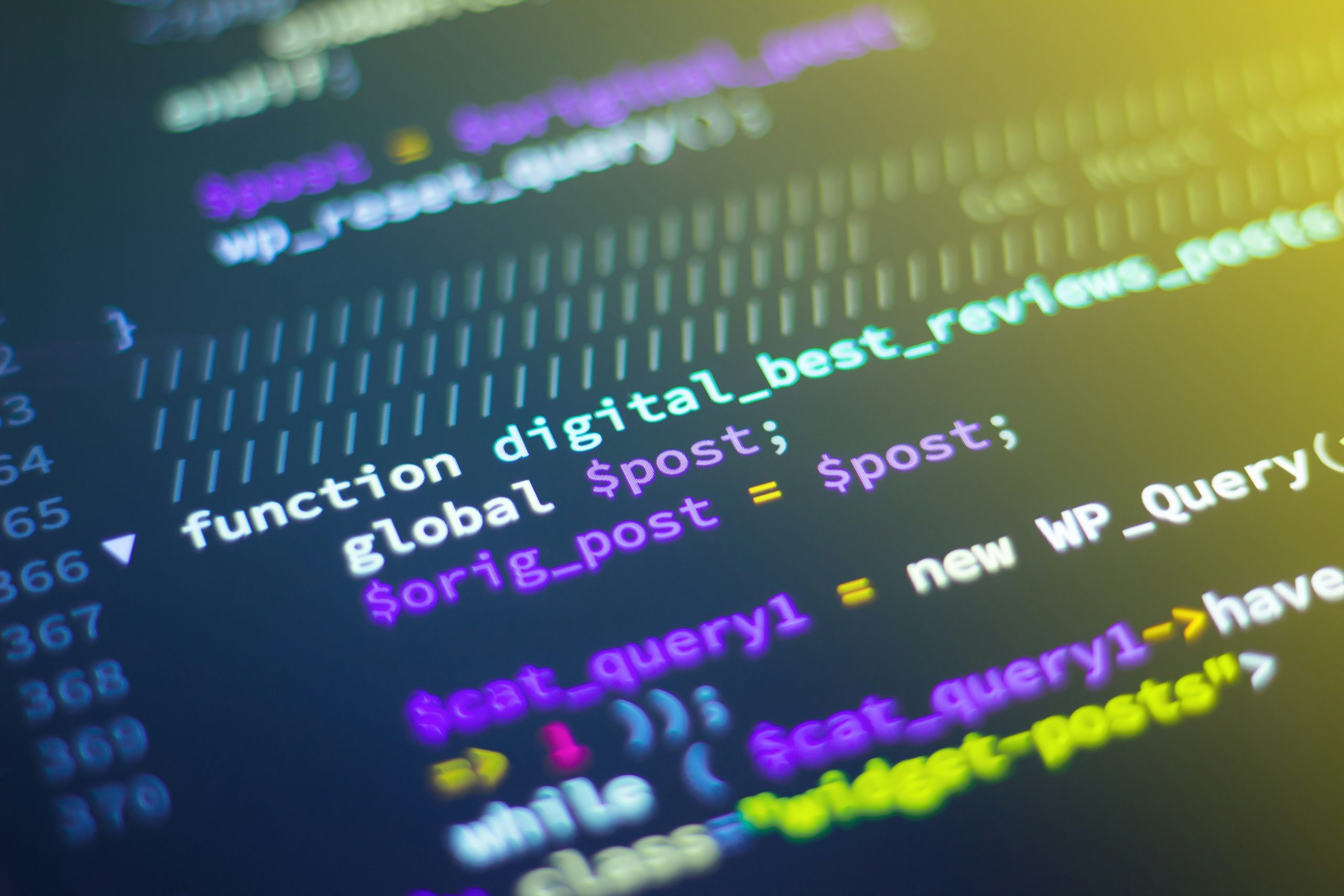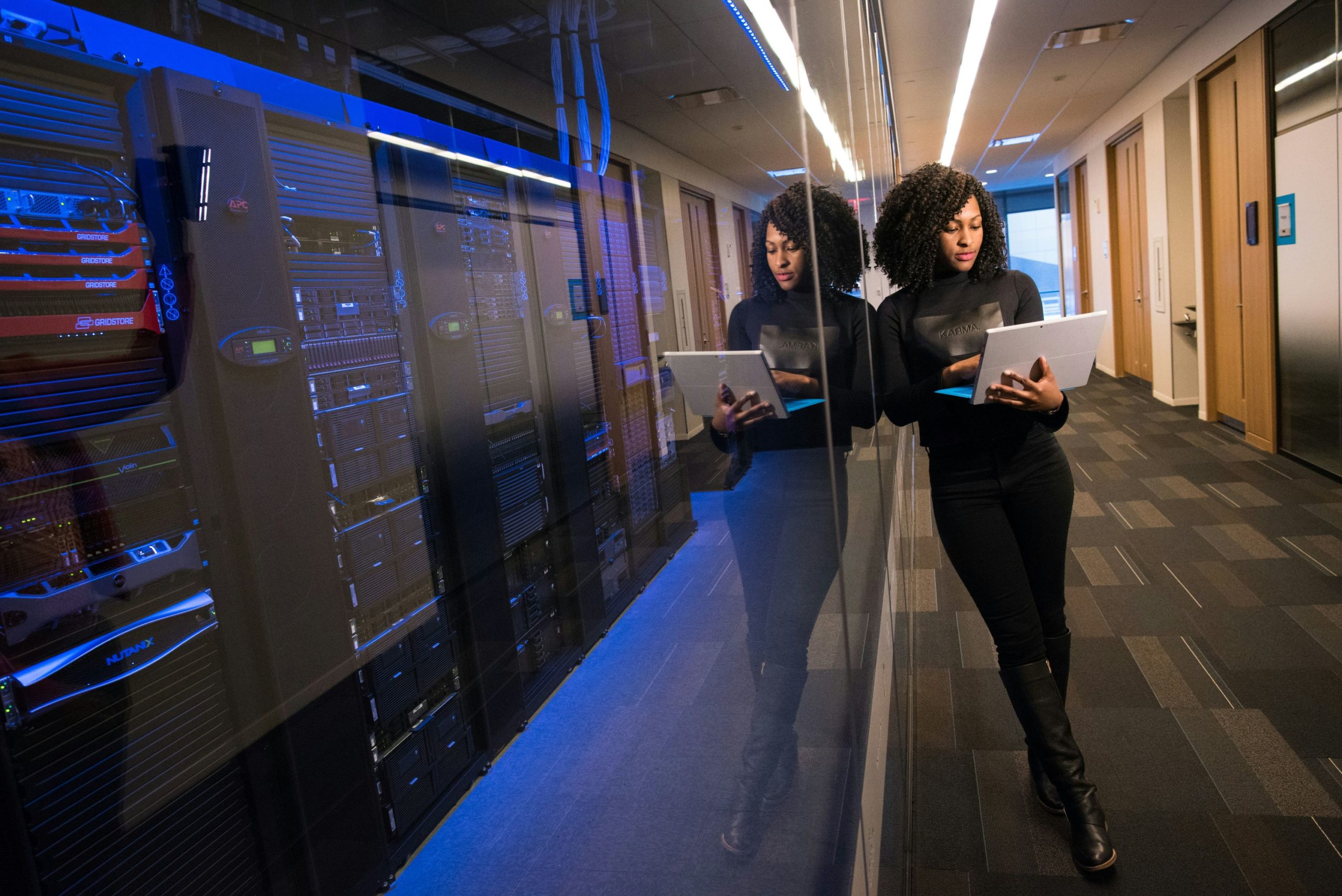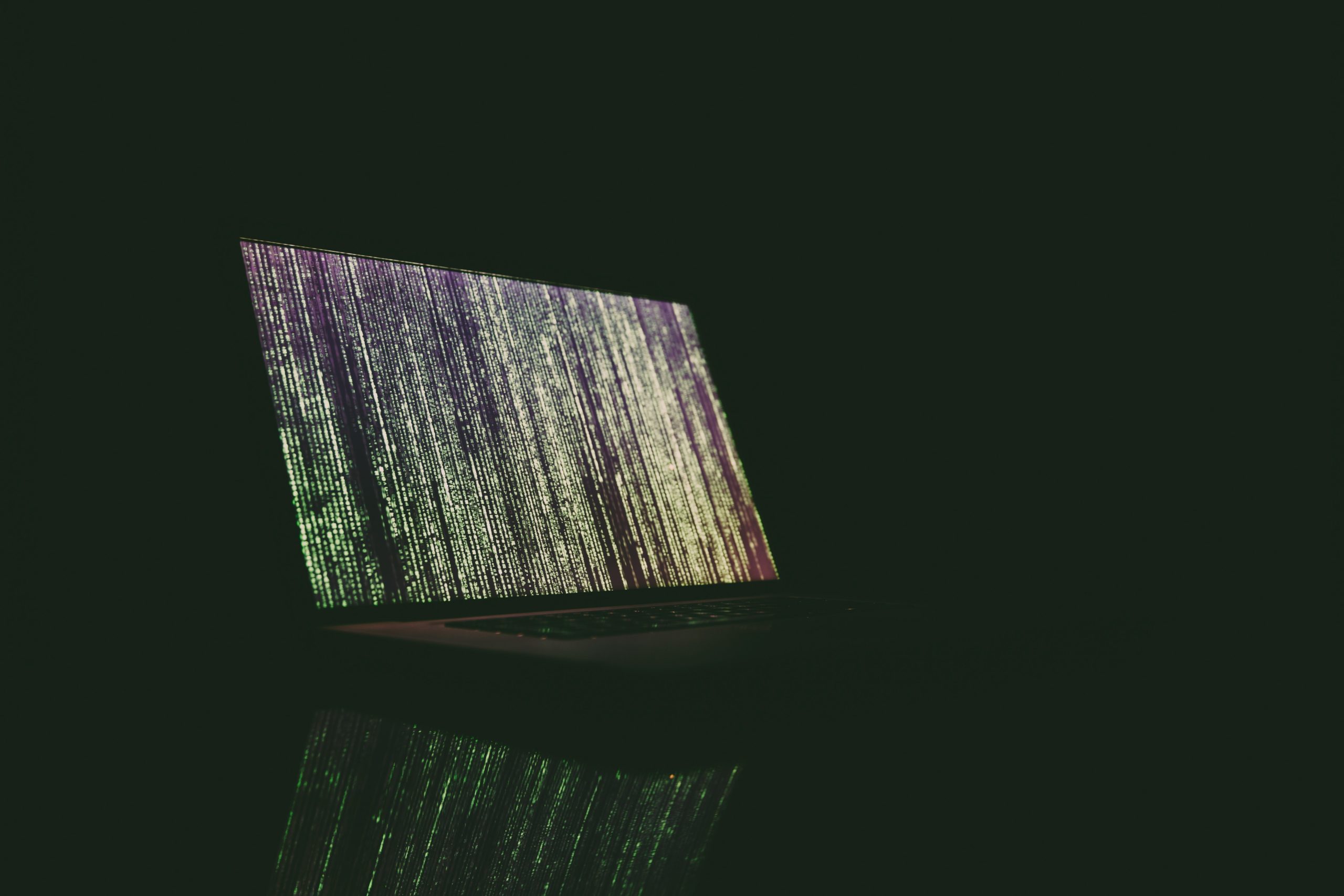
Scroll
Education
Find out how Mondas helps the education industry tackle cyber and data security challenges.
The education industry exists across a broad spectrum of institutions; it includes both public and private schools, colleges, and universities, as well as research institutions and education service providers. Within this range of institutions exists a mass of sensitive data including personal information, academic research, and financial records. Historically, educational institutions have not boasted robust cybersecurity protections, and as such, the industry stands as an appealing target for cyber criminals.

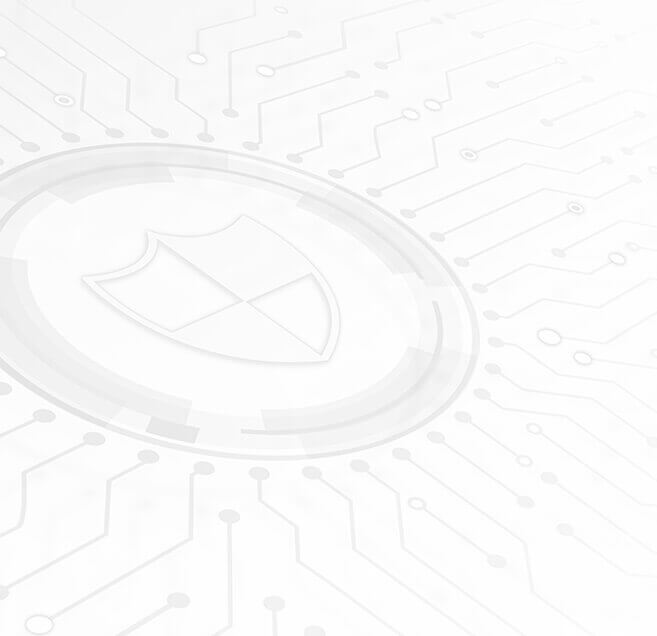
Challenges for the Education Sector
The two main cybersecurity challenges facing you as an educational institution are protecting your data estates, and keeping your services operational.

Book your FREE demo
Ready to take action? Fill out our form to start the process of protecting your business.


Data Protection
The first key challenge is protecting the wide range of sensitive data you store. This challenge manifests itself in various ways:
Personal Data
Educational institutions hold a significant amount of staff and student data. This includes personally identifiable data which pertains to your students’ names, dates of birth, ethnicities, addresses, contact details, examination results, medical information, and financial records. It is important for you to ensure that this data remains secure and inaccessible to cyber criminals, because educational institutions are under a duty to their staff and students to protect their private information; there are various privacy regulations and data protection laws that must be adhered to when storing student data. In particular, the Data Protection Act 2018 dictates that you must abide by the General Data Protection Regulations (GDPR). The highly sensitive nature of this data means that the consequences of a data breach would be significant for both your school and your students.
Intellectual Property
Higher educational institutions hold a huge amount of academic research. Protecting this research is important, because intellectual property must be robustly secured in order to protect its value, and research projects often contain confidential third party data. Accordingly, it is crucial for you to protect this information; a data breach could result in economic consequences manifested through stolen research, and you could face serious repercussions for failing to secure the external participants’ data.


Remaining Operational
The second key challenge is ensuring that your services remain operational. Cyber attacks interrupt regular business operations by slowing down or locking your systems. As an educational institution, it is important for you to remain operational at all times so that you can fulfil your teaching remit. Losing access to your files and learning management systems would leave you unable to teach, which would hinder student learning and development. If a cyber attack impedes your operations, it could take months for these systems to be fully reinstated.

Book your FREE demo
Ready to take action? Fill out our form to start the process of protecting your business.
Common Attack Vectors
Phishing attacks are common within the education industry, with malicious emails targeting students, staff, and faculty members alike. These attacks most commonly manifest through malicious emails which are designed to deceive your employees into conducting certain acts. This could involve transferring data and capital to parties they shouldn’t, divulging their login credentials, or downloading malware onto their devices. These acts allow cybercriminals to compromise the wider institution’s sensitive data and assets.
In December 2018, cyber criminals sent out phishing emails to the parents of students at Royal Grammar School. They presented themselves as employees, and directed that the parents could have a 25% fee discount if they made instantaneous Bitcoin payments.![]()
Ransomware attacks are prevalent within the education sector. The pathway to infection typically involves deceptive phishing emails or compromised websites. Following the successful download of malicious software onto a company device, hackers will encrypt your company’s data, lock you out of your operating systems, and hold your files hostage until you pay a ransom. In most cases, this will result in your operations being reduced or entirely inhibited for weeks.
The demand for ransom is often heightened by a threat to publish your institution’s data on the dark web for failure to comply. This threat of data publication is significant because of the highly sensitive nature of the data institutions store, and the significance of your safeguarding responsibilities. Because of this, most institutions elect to pay the ransom; universities have historically paid hundreds of thousands to restore access to their systems. This creates an environment that encourages ransomware attacks.
In late 2022, the sensitive data from over a dozen schools across the UK was stolen in a ransomware attack by Vice Society. The compromised data included scans of the pupils’ passports, information about any special educational needs, and the details of staff contracts.![]()
Distributed Denial of Service (DDoS) attacks are common within educational institutions. These attacks cause your systems to crash by overwhelming them with an excess of traffic. As such, they disrupt the accessibility of your institution’s online resources, including your websites and learning management systems. DDoS attackers’ motives are primarily to disrupt your network and impede productivity.
In May 2023, Greece’s national standardised examination platform was hit by a DDoS attack. This resulted in serious disruptions and delays in secondary school examinations throughout the nation.![]()


Particular Vulnerabilities
BudgetsHave you set aside a sufficient budget to properly protect your assets?
Protecting your huge estates of sensitive data is a priority for all educational institutions. However, significant budget restraints within the sector frequently result in weak cybersecurity; there are not sufficient funds to invest in the necessary software or technical staff to protect your networks. Due to this, institutions frequently operate on outdated and poorly maintained security systems. This combination of low budgets and scarce resources culminates in vulnerable data estates which cybercriminals are able to exploit.
Large Working Perimeter and Many DevicesDoes your campus spread across a variety of locations? Perhaps your staff and students use personal devices when working at these locations?
A particular vulnerability for higher education institutions is your spread out campuses and bring your own device cultures. Traditional security methods that operate on perimeters and known devices do not offer sufficient protection under these circumstances. These issues are heightened for institutions that operate an “open campus”, and thereby enable unknown parties to enter the institutions with their unregistered devices. In this way, you are left with an extensive number of unprotected endpoints that are difficult to monitor and secure. As such, large campuses and personal device usage constitutes a vulnerability for the education sector.
New TechnologiesAre you embracing new softwares to help you streamline your operations and reduce costs? Perhaps you have started using artificial intelligence, cloud applications, and the Internet of Things to enhance teaching capabilities?
Many educational institutions have embraced new softwares which streamline their operations and improve efficiency. In particular, institutions utilise the Internet of Things to enhance performance; devices ranging from smart boards to security cameras are prevalent within institutions, and improve learning and heighten security. However, the IoT enhances your risk of cyber attacks by increasing your attack surface, which offers greater opportunity for hackers to compromise your network. This is because hackers are able to target these devices to gain access to your systems and sensitive data. Accordingly, the IoT increases your vulnerability to cyber attacks, and you must ensure that all new technologies you employ are secure, and do not provide opportunities for hackers to exploit.
Human ErrorAre your staff and students sufficiently trained in recognising and reporting cyber attacks?
Human error is a particular vulnerability for educational institutions. This involves staff or students accidentally exposing confidential information, or making a mistake which allows hackers access to their organisation’s systems. Cybercriminals recognise the prevalence of human error, which constitutes the primary cause of data breaches, and exploit this when targeting their attacks. Therefore, if you don’t train your staff and students to recognise cyber attacks and engage in good cyber hygiene, the cybersecurity protections you deploy can be made redundant through social engineering bypasses.
Sound familiar?
Get in touch with our experts to ensure your business is fully protected.
Consequences of a Cyber Attack
The two main consequences of cyber attacks for educational institutions are business interruption and data breaches. These consequences are serious, and cause further difficulties, including:
Fines and Lawsuits
The nature of the data collected by educational institutions means that you must adhere to strict regulatory requirements. These pertain to the way the data is stored, and the assurance that it will remain private. Accordingly, you are under a duty to protect your staff and students’ data (GDPR). If you fail to adequately protect this sensitive data, you might face fines from regulatory and auditing authorities, as well as legal repercussions and lawsuits.
In May 2018, the Information Commissioner’s Office (ICO) fined Greenwich University £120,000 for a security breach that had occurred in 2016, wherein the personal data of 19,500 students was released online.![]()
Damage to Reputation
Cyber attacks will impact your institution’s reputation. If you experience a data leak, or become unable to fulfil your teaching duties, it will lead to a loss of trust from your staff, students, and stakeholders. This is particularly harmful within the education sector, because it could result in long-term difficulties in attracting students, and securing funding.
Fraud
A data leak could result in identity theft or financial fraud, wherein one of your staff, student’s, or parent’s personal information and bank details are used by a fraudster. This could have significant consequences for the affected parties, including financial loss, ruined credit histories, and refused employment opportunities.
Financial Loss
Cyber attacks result in significant economic loss. Within the educational sector financial loss manifests through financial fraud, the cost of remediation, lawsuits and fines, ransom payments, training programmes, loss of funding, stolen intellectual property, and stolen student fees.
In June 2020, the University of California paid a reported $1.14 million to ransomware hackers in order to restore their systems, which had been locked down for a month.![]()

Got a question?
Speak to one of our experts to find out if we can help you secure your business.

Take Action
The potential consequences of a cyber attack within the educational industry are substantial. It is crucial for you to partner with cybersecurity specialists to implement strategies and training that protect your data, and prevent attacks from materialising. At a basic level, you should have an understanding of where your data is stored, who has access to it, and what your network entry points are.
